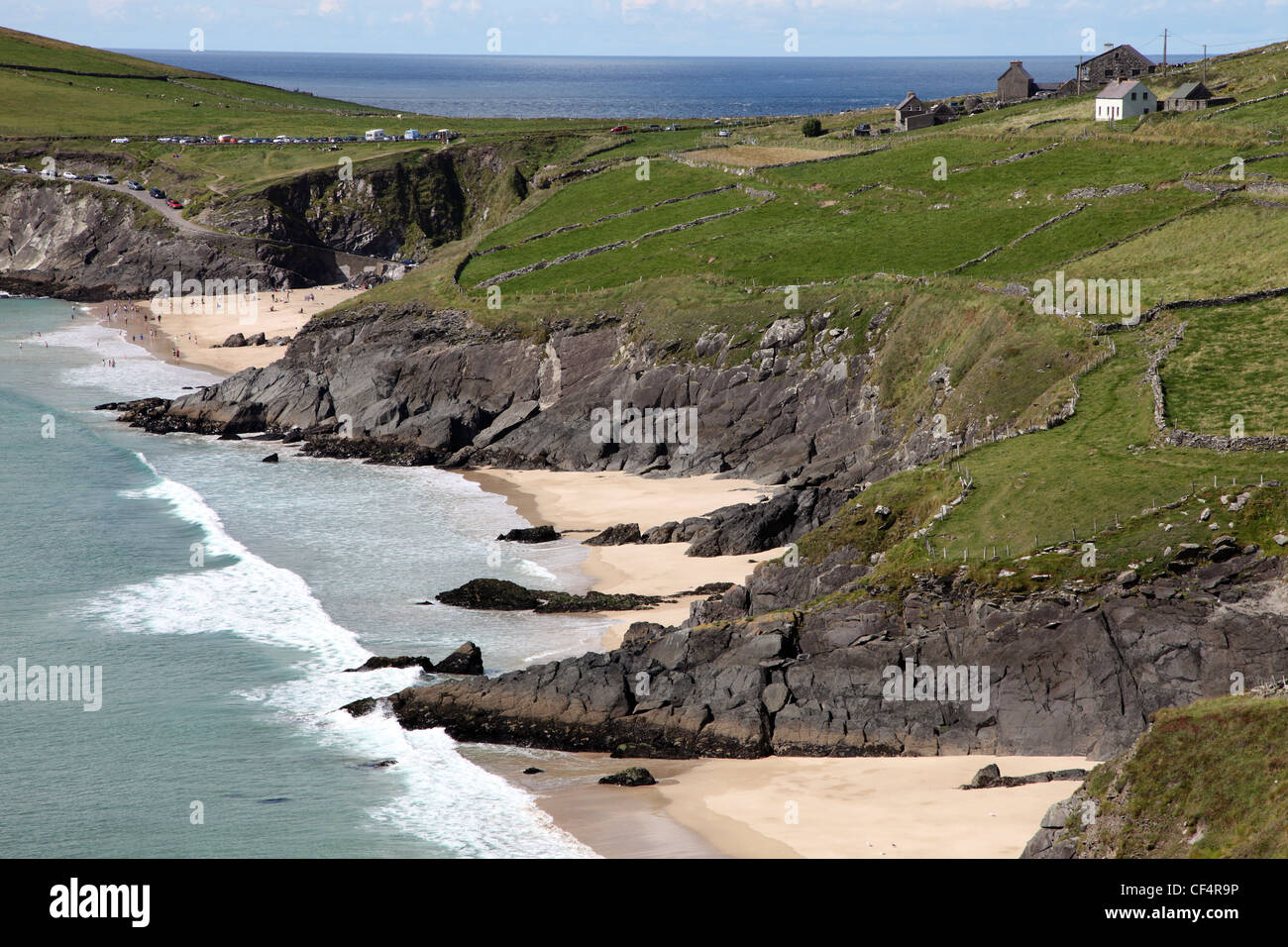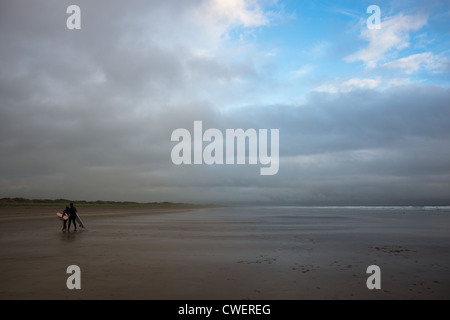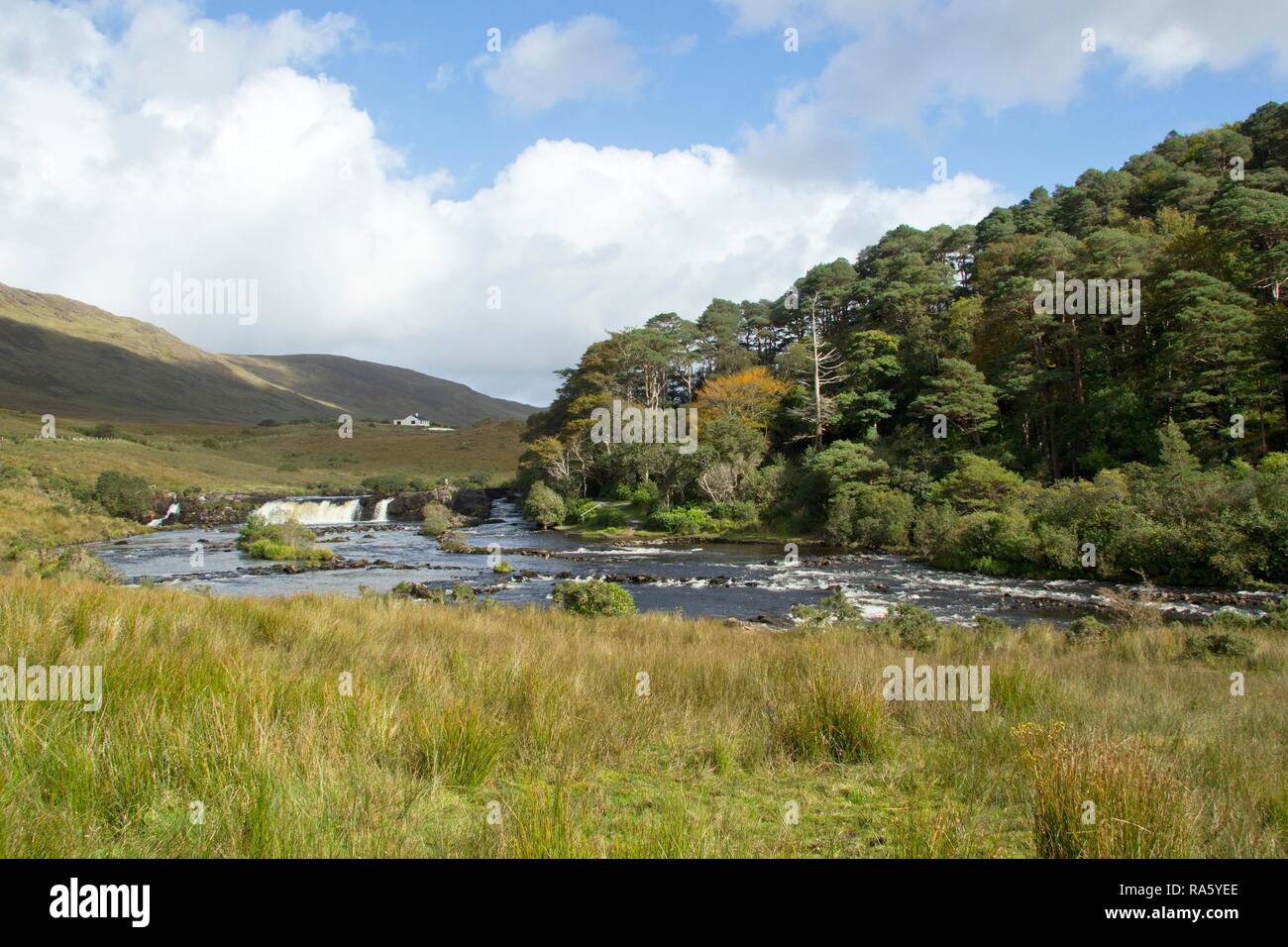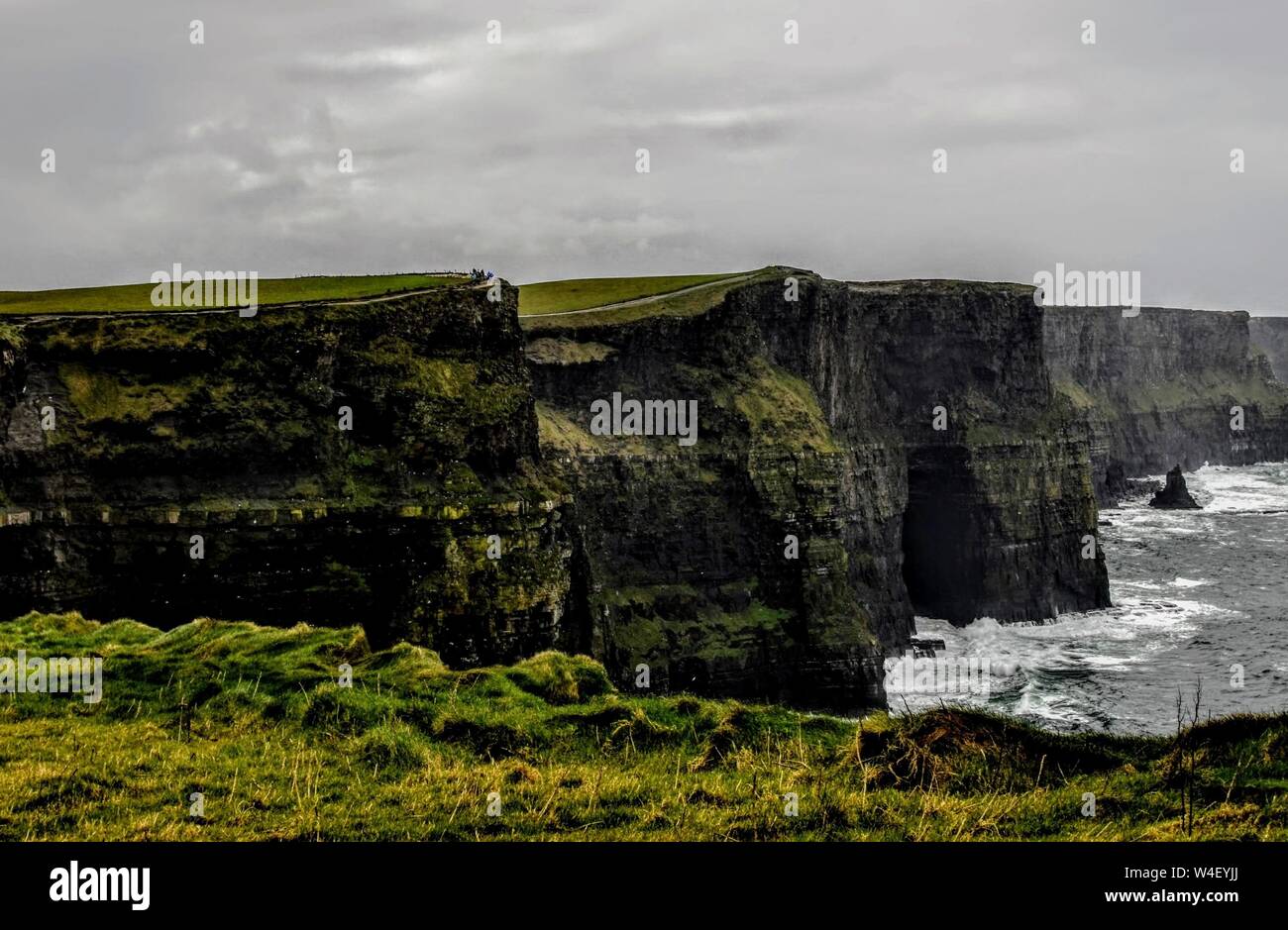Discover Pandipedia
Pandipedia is the world's first encyclopaedia of machine generated content approved by humans. You can contribute by simply searching and clicking/tapping on "Add To Pandipedia" in the answer you like. Learn More
Expand the world's knowledge as you search and help others. Go you!
Overview

The Model Context Protocol (MCP) is an open standard designed to enable large language models (LLMs) to connect with external data sources and tools in a secure, modular, and standardized way. Central to this integration is a client-server architecture which structures the communication between the AI host and the external resources.
Component Structure in MCP

In MCP, a host application—such as Claude Desktop or an integrated development environment (IDE)—acts as the primary controller that manages connectivity. Within this host, MCP Clients are implemented to establish dedicated one-to-one connections with MCP Servers. These servers expose specific resources, prompts, and tools that provide external context to the AI model. As stated in one description, the protocol’s design ensures that each client "maintains an isolated connection with a particular server," which guarantees that every connection is secure and independent[8][5].
Communication and Message Handling
The client-server architecture enables structured communication using standard protocols such as JSON-RPC 2.0. All interactions—whether request-response exchanges or notifications—adhere to a defined format. This standardization ensures that both clients and servers can negotiate capabilities effectively. During the initialization stage, the MCP client sends its supported protocol version and features, while the server responds with its version and a list of its functions. This handshake facilitates a clear understanding of available operations, ensuring that each message is correctly interpreted and handled[3][4].
Security, Isolation, and Capability Negotiation
A major advantage of the client-server model in MCP is the secure isolation it provides. By maintaining one-to-one connections, MCP clients ensure that server interactions are confined to single sessions, which prevents data leakage between different functions. The protocol also allows either side to terminate the connection, which enhances control over sensitive operations. In addition, capability negotiation during session initialization determines the precise functions to be used later, ensuring both parties work within agreed-upon constraints. This not only secures the communication but also streamlines integration since the clients and servers only exchange information relevant to their supported capabilities[5][6].
Scalability and Modularity
The modular nature of the client-server architecture in MCP means that each server is focused on a particular set of functionalities—such as file system operations, web search, or custom business logic. This separation allows developers to update or add new servers without modifying the core host or client implementations. As a result, the system can be scaled by simply connecting more MCP Servers as new needs arise. Such modularity also simplifies maintenance and enhances the ability to integrate a diverse range of tools and data sources without compromising the overall system structure[2][7][11].
Practical Implications for AI Integration
Practically speaking, by leveraging the client-server architecture, MCP transforms the challenge of connecting heterogeneous systems into a simplified, standardized process. Rather than writing custom code for every integration, developers can build against a universal protocol. This approach means that AI agents can dynamically access real-time data or execute a variety of external functions with minimal additional integration work. As a result, AI systems developed using MCP are not only more versatile in their interactions but also more efficient and secure, which ultimately enhances the relevance and accuracy of the responses generated by the AI model[1][9][10].
Conclusion
In summary, the client-server architecture is foundational to MCP. It organizes the protocol into distinct roles—where the host manages one or more MCP clients that each connect directly to an MCP server exposing specific capabilities. This architecture supports secure, isolated, and scalable integration, ensuring that AI models can reliably access and utilize external data and tools. Through standardized message exchanges and capability negotiation, MCP simplifies and secures the process of contextual data retrieval, making it integral to modern AI application development[5][8][11].
Let's look at alternatives:
- Modify the query.
- Start a new thread.
- Remove sources (if manually added).
- Request a manual search from our human research team.

Using natural makeup offers several health and environmental benefits. Natural ingredients, such as plant extracts and minerals, are often more gentle on the skin and can help prevent irritation and allergic reactions, especially for those with sensitive skin[1][4]. They typically lack harmful synthetic chemicals like parabens and sulfates, which are linked to various health issues[2][5].
Moreover, natural makeup is often produced sustainably and ethically, minimizing the environmental impact[5][6]. By choosing natural products, consumers support brands that prioritize eco-friendly practices and contribute to reducing pollution associated with conventional cosmetics[3][6]. This shift promotes not only healthier skin but also a more sustainable planet.
Let's look at alternatives:
- Modify the query.
- Start a new thread.
- Remove sources (if manually added).
- Request a manual search from our human research team.
Get more accurate answers with Super Search, upload files, personalised discovery feed, save searches and contribute to the PandiPedia.
DIY Birdhouse
A simple beginner project helping to learn the essential woodworking skill of box building[2].
DIY Book Rack
A very easy project that requires cutting a few boards to length and screwing them together[2].
Wooden Coasters
Simple square cutouts that can be finished with polyurethane, making them beginner-friendly[2].
DIY Charcuterie Board
A wooden serving tray that can be shaped with a jigsaw and sealed for food safety[2].
DIY Earring Holder
A basic project using frames that fit within one another, customizable for vertical or horizontal display[2].
DIY Bird Feeder
Requires minimal tools and is easy to make with basic supplies like wood and screws[2].
DIY Key Holder
Features hooks for organizing keys and shelves for small items, easily made in an afternoon[2].
DIY Easy Step Stool
A simple project to help reach higher shelves, requiring common woodworking tools[2].
DIY Cutting Board
An essential kitchen item that beginners can easily craft using untreated hardwood[6].
Let's look at alternatives:
- Modify the query.
- Start a new thread.
- Remove sources (if manually added).
- Request a manual search from our human research team.

To find local friends while traveling, staying in social accommodations like hostels or guesthouses can be very effective, as they encourage interaction among travelers and locals alike[4]. Participate in local activities, such as cooking classes or local tours, which often bring together like-minded people and help you bond over shared experiences[4].
Utilizing social media and travel apps like Couchsurfing or Meetup can also connect you with locals interested in meeting travelers[5]. Attend local events and gatherings, as these are great opportunities to interact with residents and immerse yourself in local culture[2][3]. Remember to remain open and approachable to enhance your chances of making meaningful connections[1].
Let's look at alternatives:
- Modify the query.
- Start a new thread.
- Remove sources (if manually added).
- Request a manual search from our human research team.

Skellig Michael: Featured in ’Star Wars
The Force Awakens' and 'The Last Jedi,' showcasing its raw beauty as a filming location off the coast of County Kerry[1][2][4].

Cliffs of Moher
Iconic backdrop for 'Harry Potter and the Half-Blood Prince' and 'The Princess Bride,' renowned for their dramatic beauty[1][4].
Dingle Peninsula
Filming location for 'Ryan's Daughter,' with stunning coastal scenery providing a romantic backdrop[1][2].
Inch Strand
Featured in the opening scenes of 'Ryan's Daughter,' located on the beautiful coastline of County Kerry[1][4].
Gaeltacht area of Connemara
Used in 'The Guard,' showcasing the rugged terrain and Irish culture[1][5].
Lettermore
The island off West Galway seen in 'The Guard,' known for its natural beauty and relative unexplored status[1].
Cliffs of Insanity
Referred to in 'The Princess Bride,' which were actually filmed at the Cliffs of Moher[4].

Brow Head: Part of the filming locations for ’Star Wars
The Last Jedi,' contributing to the film's atmospheric visuals[2][3].
Timoleague
Filming location for 'The Wind That Shakes the Barley,' adding historical depth to the narrative[4][5].

Malin Head
Included in the filming for 'Star Wars,' bringing attention to the picturesque landscapes[2][3].
Roan Inish
The mythical island referenced in 'The Secret of Roan Inish,' known for its enchanting stories[3][5].

Dunmore Head: Filming location used in ’Star Wars
The Last Jedi,' representing the stark beauty of the Irish terrain[2][4].
Let's look at alternatives:
- Modify the query.
- Start a new thread.
- Remove sources (if manually added).
- Request a manual search from our human research team.

People enjoy cleaning videos for several psychological reasons. These videos often provide a sense of control and order in chaotic times, particularly during and after the pandemic, when many sought comfort in tidiness while feeling overwhelmed by life's unpredictability[2][4][5]. The transformation from dirty to clean, combined with calming sounds, also triggers feelings similar to ASMR, offering viewers a soothing experience[1][3][6].
Moreover, cleaning content serves as a form of 'behavioral activation,' a therapeutic technique that can improve symptoms of depression by promoting small, manageable tasks that build momentum and confidence[4][5]. This aspirational content not only entertains but can also foster emotional well-being[2][5].
Let's look at alternatives:
- Modify the query.
- Start a new thread.
- Remove sources (if manually added).
- Request a manual search from our human research team.
Get more accurate answers with Super Search, upload files, personalised discovery feed, save searches and contribute to the PandiPedia.

Gemini's 'Thinking' models are trained with Reinforcement Learning to utilize additional compute at inference time for more accurate answers[1]. These models can spend tens of thousands of forward passes during a 'thinking' stage before responding to a query[1]. This is integrated with other Gemini capabilities, such as multimodal inputs and long context, where the model decides how long to think before answering[1].
Users can also set a Thinking budget, which constrains the model to respond within a desired number of tokens, allowing for a tradeoff between performance and cost[1]. The Gemini 2.5 Thinking models are the most well-rounded reasoning models to date[1].
Let's look at alternatives:
- Modify the query.
- Start a new thread.
- Remove sources (if manually added).
- Request a manual search from our human research team.

Zak Lovelace has faced significant injury setbacks this pre-season. He suffered a hamstring tear during a match against Royal Antwerp, which is expected to keep him out for the rest of the season after being forced off just 18 minutes into the game, with scans revealing a deeper issue[1]. This follows his recent return from another injury that had already sidelined him for a considerable time, as he only managed to be included in 7 matchday squads prior to this latest setback[1]. Despite these challenges, Lovelace remains hopeful about returning to the first team soon after he recovers with the B side[2].
Let's look at alternatives:
- Modify the query.
- Start a new thread.
- Remove sources (if manually added).
- Request a manual search from our human research team.

The heat burst in Kopperl, Texas, was caused by a combination of atmospheric conditions during a summer storm. As rain evaporated (virga) into a parcel of cold, dry air high in the atmosphere, it created a denser column of air that descended rapidly, warming due to compression at a dry adiabatic lapse rate. This resulted in superheated winds reaching temperatures of 140 degrees Fahrenheit at the ground level[1][3]. The phenomenon is typically associated with weakening thunderstorms, where a downburst of unsaturated hot air is expelled[2][3].
Let's look at alternatives:
- Modify the query.
- Start a new thread.
- Remove sources (if manually added).
- Request a manual search from our human research team.
Let's look at alternatives:
- Modify the query.
- Start a new thread.
- Remove sources (if manually added).
- Request a manual search from our human research team.































.jpg)